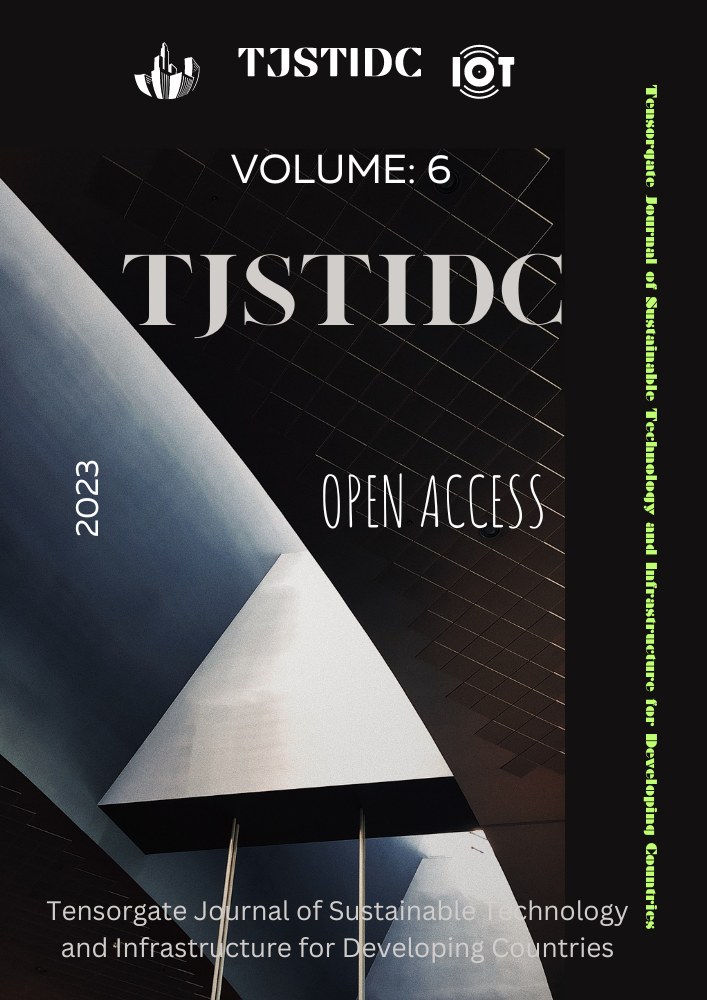Fortifying the IoT Landscape: Strategies to Counter Security Risks in Connected Systems
Keywords:
Internet of Things, Authentication and Authorization, Encryption, Secure Communication Protocols, Network Segmentation, Threat Monitoring and DetectionAbstract
The proliferation of Internet of Things (IoT) devices in our connected world has brought unparalleled convenience and efficiency to various sectors, ranging from smart homes to industrial systems.This rapid expansion has also exposed IoT systems to significant security risks. In this study, we explore the paramount importance of IoT security and propose key considerations and strategies to safeguard the connected future.The first critical aspect is Authentication and Authorization, where strong authentication mechanisms are emphasized to ensure only authorized devices and users can access and interact with IoT systems. This involves employing unique device credentials, strong passwords, two-factor authentication, and secure access control mechanisms.Which entails utilizing robust encryption protocols to secure communications between IoT devices, gateways, and cloud platforms. Data encryption at rest and in transit is advocated to protect sensitive information from unauthorized access and tampering.Regular Firmware and Software Updates are proposed to address vulnerabilities and security flaws in IoT devices. Given that new vulnerabilities are continually discovered, staying up-to-date is vital to minimize the attack surface.Secure Communication Protocols, such as Transport Layer Security (TLS), are essential to safeguard data exchanged between IoT devices and backend systems. Employing encryption, data integrity checks, and mutual authentication are emphasized to prevent eavesdropping, data manipulation, and unauthorized access.Network Segmentation is suggested to isolate compromised devices, minimizing the potential impact of a security breach. This approach restricts lateral movement and enhances overall network security.Physical Security is also highlighted, as protecting IoT devices from unauthorized physical access is crucial to prevent device compromise, data theft, or unauthorized control.To detect potential threats, Threat Monitoring and Detection systems are recommended. This includes deploying intrusion detection systems, security information and event management (SIEM) tools, and anomaly detection algorithms for real-time monitoring and identification of suspicious activities.Compliance with privacy regulations and implementing Privacy and Data Protection measures are paramount to safeguarding user privacy. Privacy-by-design principles, anonymization techniques, and data minimization practices should be employed to protect user data.Establishing secure Vendor and Supply Chain partnerships is crucial. Collaboration with trusted vendors and manufacturers prioritizing IoT device security is essential to mitigate the risk of compromised or malicious devices entering the ecosystem.

Downloads
Published
How to Cite
Issue
Section
License
Copyright (c) 2023 Tensorgate Journal of Sustainable Technology and Infrastructure for Developing Countries

This work is licensed under a Creative Commons Attribution-NonCommercial 4.0 International License.